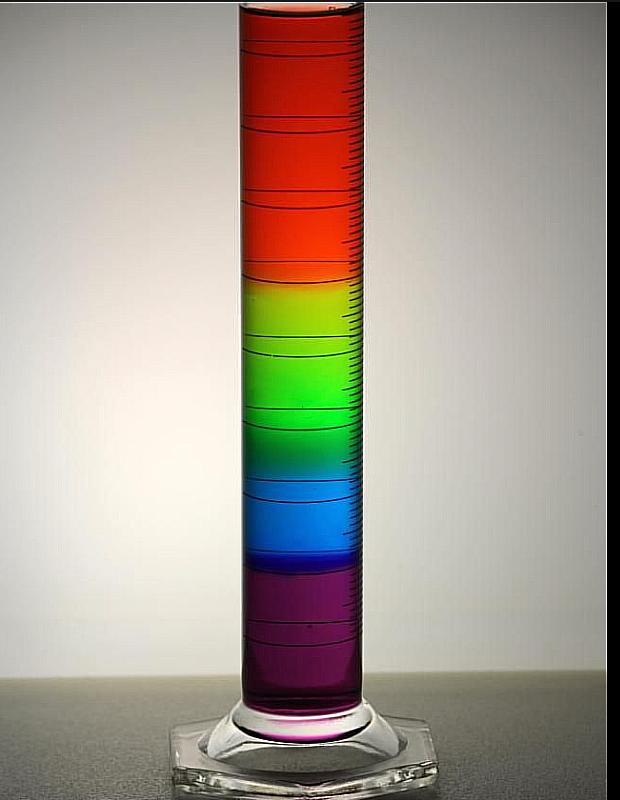
2 minute read
The Deadliest Plants in the World
By: Farha Azmi
Danger is everywhere, maybe even in your garden! Did you know that deadly plants can grow anywhere, and can even kill you! In this article, I’m going to tell you about the top 3 deadliest plants in the world.
Water Hemlocks

Water hemlocks are one of the deadliest plants on Earth. It typically grows in wet, muddy places. Unfortunately, water hemlocks are confused with non-poisonous plants such as wild carrots and parsnips because they have similar features. Additionally, water hemlocks grow to about 2.5 meters tall. It's leaves are divided, and the flowers are close to each other in a group. If you eat water hemlock the effects can be sweating, vomiting, excess saliva, a rapid heartbeat, high blood pressure, restlessness or confusion.
Deadly Nightshades
Deadly nightshades grow in chalky soil and disturbed ground where scrub or verges are found. The plants often have shiny black berries, which are green at first and then turn glint black. Their green leaves are oval pointed and have a ribbed look with purple-brown flowers around the berry. Deadly Nightshades mainly grow in Central and Southern England. When eaten, it can cause blurry vision, rashes, headaches, trouble speaking, and hallucinations.
White Snakeroots
White snakeroot is a poisonous North American herb. There, this plant is found in meadows and woodlands. Much admired, white snakeroots can grow up to 1.5 meters tall. Proudly, this plant can have one stem, or it could have a lot of snakeroot plants around like clumping. The leaves are 18 cm tall, and grow in opposite directions from each other.
White snakeroots have small white flowers on them. If you touch a white snakeroot, it can affect your heartbeat, muscles and coordination,

There are many more deadly plants out there. If you want to know more why not explore this website https://www.britannica.com/list/7-of-the-worlds-deadliest-plants and learn more about other plants.
It's time for a Wordsearch!
Water
Flower
White Leaves
How does The Rainbow Fizz Experiment Work?
By: Kieran Sudarto
I wanted to find out what my classmate's favourite science experiment was, and it turned out to be the “Rainbow Fizz” experiment. It’s also my favourite! The Rainbow Fizz experiment is great to try (with an adult), and I hope you enjoy reading about it in my article.


What you need to do the Rainbow Fizz Experiment?
To do this experiment you will need drain or toilet bowl cleaner as an Acid and for the Alkali will need some crystal of washing soda. If you don’t have one of these items, then you can buy it online. You also need to have a glass and Universal Indicator, which is a substance that makes Acids and Alkali change colour. And finally, you need water.
How to do the Rainbow Fizz Experiment
WARNING! DO NOT DO THIS WITHOUT ADULT SUPERVISION!
First, put the crystal of washing soda into the glass, then add two-thirds of a glass of water. Next, add the Universal Indicator, one-third of the toilet cleaner and the experiment is done. The water will be a rainbow
The Experiment Explained
This experiment works because the crystal of washing soda is an Alkali, so it makes the bottom blue and the toilet cleaner is an Acid, so it makes it red. The yellow and dark blue are there because the Acid and Alkali mix with the water, as it dilutes the liquid.










